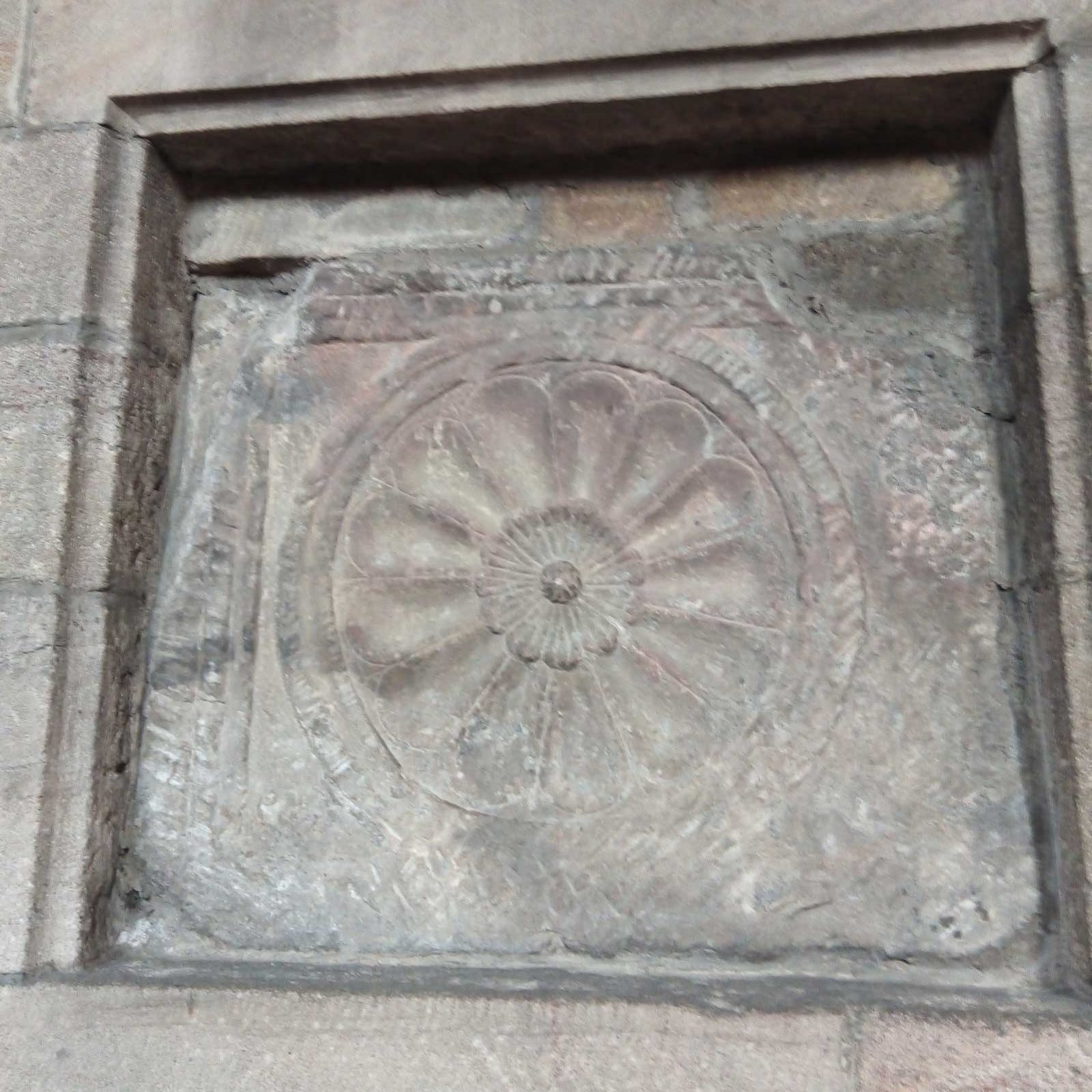Visitor Guide 17: Viking and Anglo-Saxon Stones

When the present nave was added to Hexham Abbey in 1907-8, many fragments of sculptured stone were built into its new walls or set in niches made for purposed in the north aisle. These carved stones had turned up over the years, built into walls and stairs or buried in and around the church.
Some of these Carvings were Roman, perhaps brought from Corbridge to decorate Wilfrid’s Church, for example the Flavinus Tombstone which is believed to have been brought from Corbridge. Some also came from the medieval priory and its graveyard. However, many of these sculptures and carvings were shaped by the skilled craftsmen of Wilfrid’s monastery shaped to honour God and adorn the Church.

Examples of these stones and carvings can be found in The Big Story Exhibition in the Abbey. The examples of stones on display include a portable alter used in the worship of Romano-British gods in addition to part of the arm of an Anglo-Saxon cross belonging to the late 7th century. One of the earliest carvings here dates from the 3rd century and depicts the god Jupiter draped in a toga. It was most likely a tombstone or part of a frieze, likely to have been brought from the old settlement at Corbridge.
When Wilfrid’s Abbey fell on hard times most of its carved stones disappeared. Many were broken up for use in other buildings, some were smashed by those who disliked their message. The few that survive are worn and weathered and have lost their colour, though several keep traces of paint.
